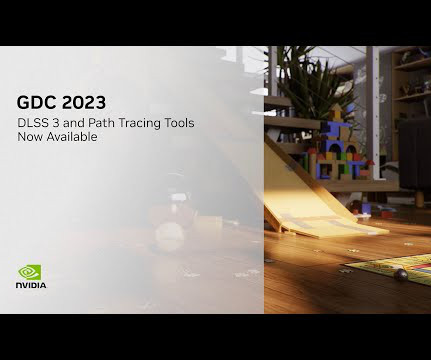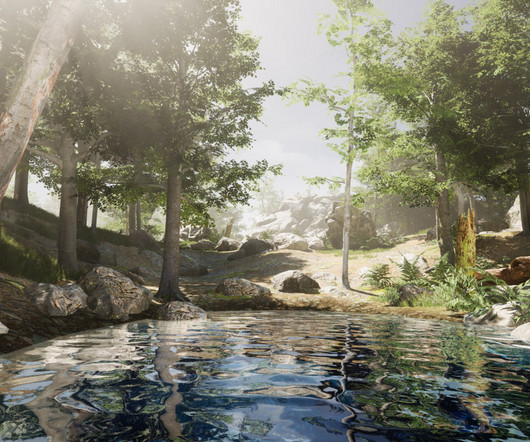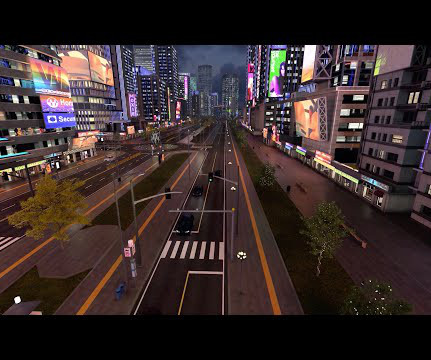Ultra-Realism Made Accessible with NVIDIA AI and Path Tracing Technologies
Nvidia
MARCH 20, 2023
NVIDIA at GDC 2023: Frame Generation and Path Tracing Tools Now Available Generate frames with the latest breakthrough in AI rendering Announced with the NVIDIA Ada Lovelace architecture, DLSS 3 raised the bar not just for visuals but also performance and responsiveness. Frame generation is the latest evolution. OMM SDK 1.0












Let's personalize your content